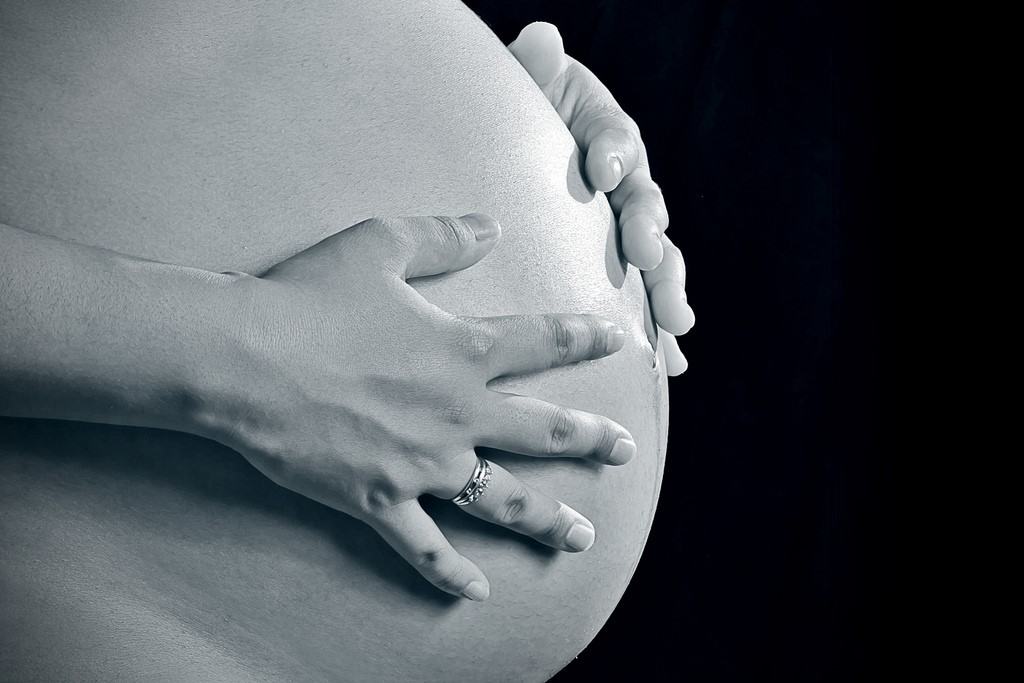Osteopathy is a form of alternative medicine which aims to treat medical disorders via manipulation and massage of muscles and joints so that the patient is relieved of pains and has an increase in their joint mobility. Many expectant mothers ask whether osteopathy is a therapy which can be carried out safely during their pregnancy without harming their unborn child and their own bodies; much evidence shows that osteopathy is in fact a safe therapy and has positive results in patients.
There are pharmacological options available for patients, however many expectant women are understandably unwilling to use drug therapies to minimise risk to their babies. Osteopathic philosophy stands firm in the idea that structure and function are inter-related, so for efficient function our bodies must have a normalised healthy structure. Osteopathy focuses on assisting an expectant mother’s body to comfortably and subtly adapt and align throughout the progression of the pregnancy.
Treatment in pregnancy is safe for both the pregnant woman and her baby, all techniques are specially chosen and adapted to the particular patient beforehand to minimise risk of harm. It is up to the patient themselves to express to their therapist how comfortable they are in each position, patients are also requested to use pregnancy pillows for certain techniques.
As there is a naturally high risk of miscarriage in the first trimester, osteopaths will adapt treatments as appropriate. Up until 14 weeks of pregnancy most osteopaths will also aim to avoid any spinal manipulation. The first trimester also presents with the pelvis beginning to tilt forward so that there is more room for the uterus to grow, however this can cause lower back pains and tightness in the thoracic cavity. The second trimester increases the neck and thoracic curvatures as breast tissue increases and places pressure on the shoulders to move forward. The third trimester is usually the most difficult for expectant women as her lumbar curve will be exaggerated which places further stress on the lower spine and sometimes even the pelvis. All these musculoskeletal changes and the relaxing nature of osteopathic therapies is usually why women choose this alternative medicine over drug therapies.
One of the most frequent symptoms and complaints of pregnancy is lower back pains, up to 80% of women will at some point in their pregnancy experience back problems. However other symptoms and discomforts do exist such as gastrointestinal disorders which can result in nausea and sickness, reflux and changes in frequency and consistency of bowel movements. During a pregnancy in a healthy woman, the weight gain and posture changes are clear to see however other subtle changes such as the softening of ligaments and internal pressures of a growing baby will also add stress to the mother’s joints, pelvis and spine. These combined factors can result in insomnia, swelling, high blood pressure, exhaustion as well as more severe conditions such as sciatica and pelvic girdle pains.

Osteopathic techniques in pregnancy will usually involve gentle massage and soft tissue massage; these increase the blood supply to tissues and help to enhance the body’s natural healing abilities. Osteopaths may also choose to assist pregnant women in rotating and moving their joints to alleviate any joint stiffness which could be a result of reduced exercise in the pregnancy.
An osteopath is also able to provide helpful advice on breathing techniques an expectant mother can use for relaxation, to reduce her blood pressure and stress levels, stretches and exercises that can be done to help maintain and maximise the wellbeing of the mother and child in the pregnancy.
When a woman is in active labour her baby will descend through her pelvis which could be twisted leading to an unnecessarily delayed labour and extra stress on the mother and baby. Osteopathic treatment will aid in aligning the mothers pelvis and lower back so that they are in optimum positioning for childbirth, meaning the birth will have minimum physical restrictions.
No two childbirths are the same, which is why post natal complications if any can vary widely. An osteopath can help patients restore their pelvic alignment which can in turn assist in reducing back aches and other issues in regards to menstrual bleeding, incontinence and bowel problems. Other common requests for osteopathic treatment are usually in association with poor posture when breastfeeding, lifting baby pushchairs and car-seats and activities which involve leaning over such as when bathing the baby or moving baby in and out of their cot.
Overall osteopathy is a safe and recommended treatment which can allow women to relax and bond with their babies with minimised pre and post natal symptoms.
John Corfield
Recent Posts
- Castor Oil For Better Hair Growth: Is It Myth Or Fact?
- Exploring the Differences Between Sermorelin, Ipamorelin, Ibutamoren, GHRP2, and GHRP6: Understanding Their Role in Human Growth Hormone Regulation
- Unraveling the Mystery: Understanding the Causes and Prognosis of Ventricular Tachycardia Without Apparent Heart Disease
- Understanding Grandparents’ Rights in Oklahoma: Navigating Visitation and Legal Protections
- 10 Reasons to Consider Hypnotherapy for Your Health

